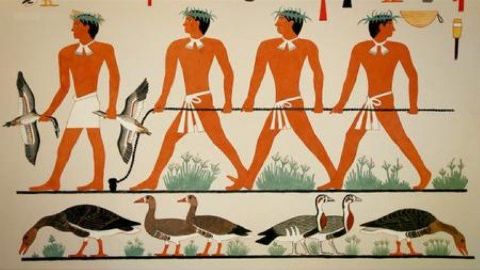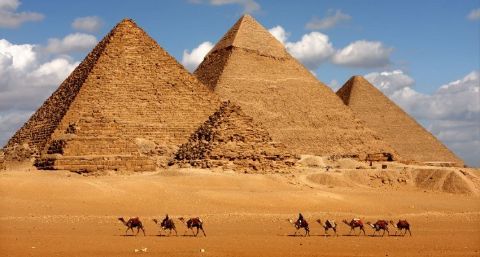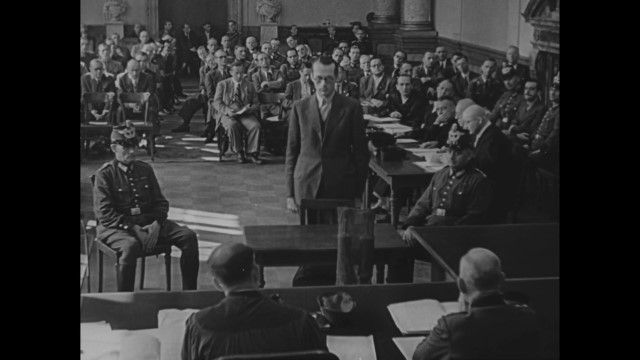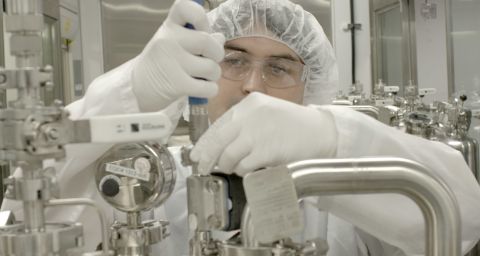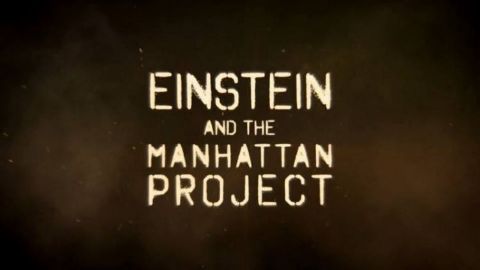The Golden Age • 2014 • episode "S1E2" • Treasures of Ancient Egypt
On a journey through Ancient Egyptian art, Alastair Sooke picks treasures from its most opulent and glittering moment. Starting with troubling psychological portraits of tyrant king Senwosret III and ending with the golden mask of boy king Tutankhamun, Sooke also explores architectural wonders, exquisite tombs and a lost city - site of the greatest artistic revolution in Egypt's history where a new sinuous style was born under King Akhenaten and Queen Nefertiti. Along the way Egyptologists and artists reveal that the golden veneer conceals a touching humanity.
Make a donation
Buy a brother a hot coffee? Or a cold beer?
Hope you're finding these documentaries fascinating and eye-opening. It's just me, working hard behind the scenes to bring you this enriching content.
Running and maintaining a website like this takes time and resources. That's why I'm reaching out to you. If you appreciate what I do and would like to support my efforts, would you consider "buying me a coffee"?
Donation addresses
BTC: bc1q8ldskxh4x9qnddhcrgcun8rtvddeldm2a07r2v
ETH: 0x5CCAAA1afc5c5D814129d99277dDb5A979672116
With your donation through , you can show your appreciation and help me keep this project going. Every contribution, no matter how small, makes a significant impact. It goes directly towards covering server costs.

